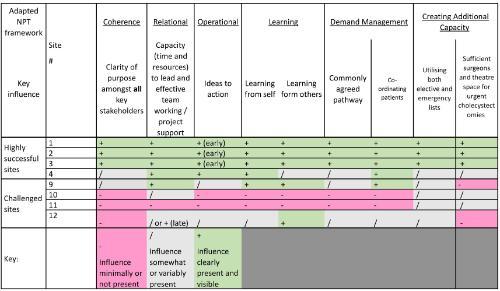Globally, healthcare systems struggle to deliver the benefits of research to their populations. To change practice and ultimately patient outcomes, the results of high-quality trials need to be effectively implemented within local healthcare systems.
This acknowledges that the ‘bench to bedside model’ includes a 2nd translational gap –and implementation science has emerged as an important discipline for developing the evidence base on how to translate research findings into routine care. Within our group we use mixed-methods research approaches to understand the results of major trials that we run in peri-operative care and how to translate results that indicate changes to patient care into routine practice. Recent / current research include mixed-methods process evaluations of the EPOCH trial and of the PRISM and OPTIMISE II trials.
Tim Stephens talks about his role as a QI specialist within the Group and the importance of implementation science in improving patient outcomes.
-page-001-500x375.jpg)
